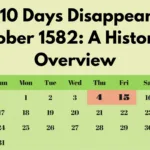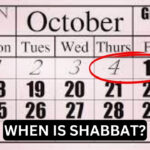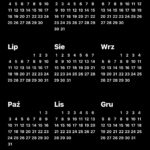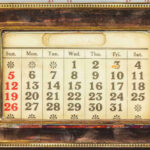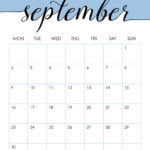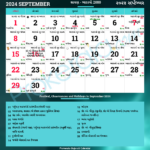September 1752 October 1582 Calendar – Do you need a reliable way to manage your time effectively? A printable calendar is an excellent choice for maintaining order in your day-to-day activities. Whether you’re planning your work tasks, personal events, or academic schedule, this calendar will help you keep track of your important dates and tasks.

Time Travel Fun: Exploring the Quirky September 1752 October 1582 Calendar
Are you a history buff looking to explore a unique period in time? Step into the world of the September 1752 to October 1582 calendar transition and prepare to be amazed by the quirks and surprises that await you! This period marks the transition from the Julian calendar to the Gregorian calendar, making it a fascinating time to delve into the world of timekeeping.
Time Travel Delight: Unique Calendar from September 1752 to October 1582
One of the most interesting aspects of the September 1752 to October 1582 calendar transition is the missing days. In order to align the calendar with the seasons, 11 days were skipped in September 1752 in Great Britain and its colonies, resulting in September 2nd being followed by September 14th. Imagine the confusion that must have ensued as people adjusted to this sudden change in the calendar! It’s a fun puzzle to try and wrap your head around as you navigate this quirky period in time.
Another delightful aspect of exploring the September 1752 to October 1582 calendar transition is the introduction of the leap year rule. Under the Gregorian calendar, leap years are determined by a more refined formula compared to the Julian calendar. This change resulted in a more accurate measurement of time, ensuring that the calendar aligned more closely with the solar year. It’s fascinating to see how this adjustment impacted the way time was measured and observed during this period.
As you immerse yourself in the world of the September 1752 to October 1582 calendar transition, you’ll also encounter unique dating conventions. Dates were written differently during this period, with the year often indicated by the regnal year of the monarch. For example, a date might be written as the 3rd day of July in the 5th year of the reign of King Henry VIII. It’s a charming glimpse into the past that adds an extra layer of intrigue to your exploration of this quirky calendar transition.
Quirks and Surprises: Exploring the Fascinating Calendar Transition
Overall, delving into the September 1752 to October 1582 calendar transition is a delightful journey through time that offers a fresh perspective on how we measure and experience time. From the missing days to the leap year rule and unique dating conventions, there’s no shortage of quirks and surprises to uncover during this period. So grab your time-traveling gear and prepare to be dazzled by the wonders of this unique calendar transition!
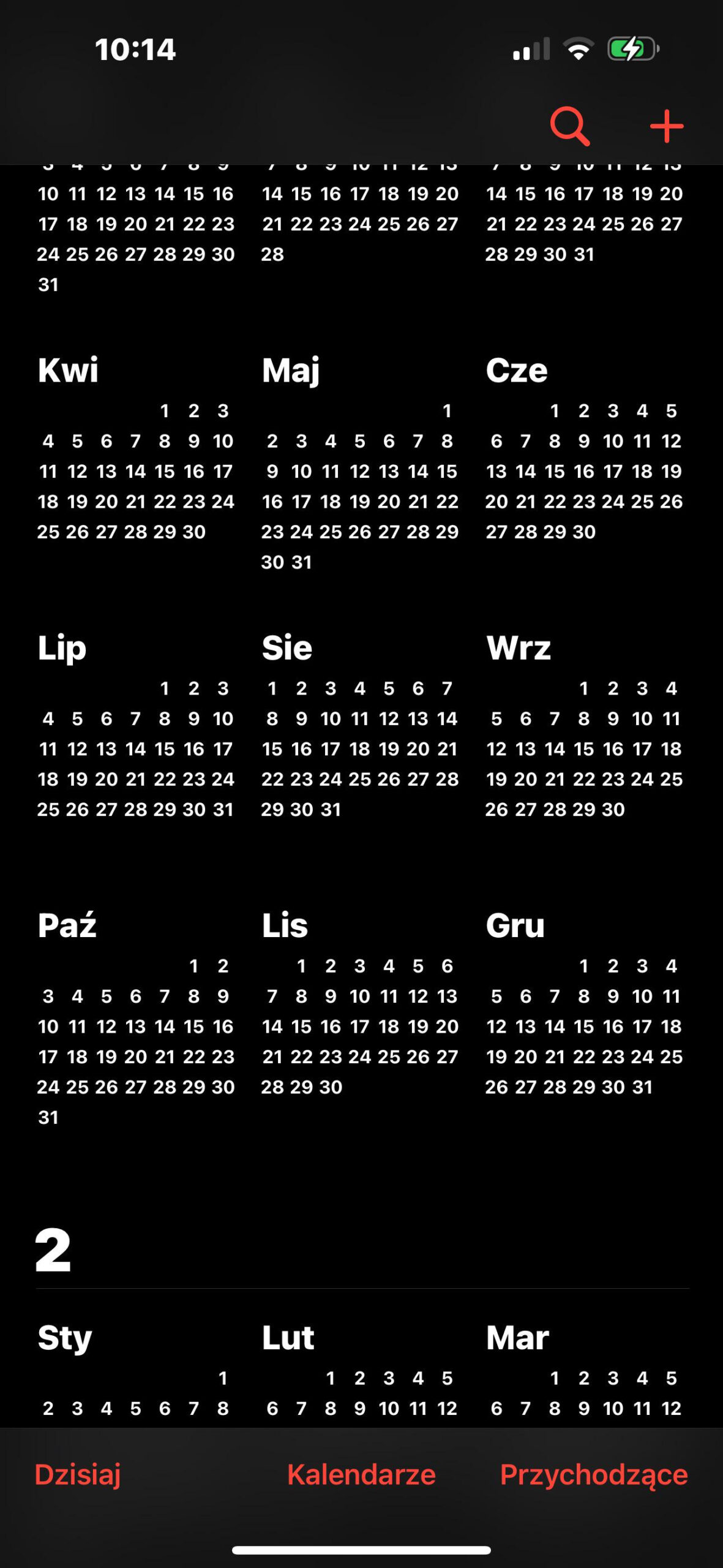
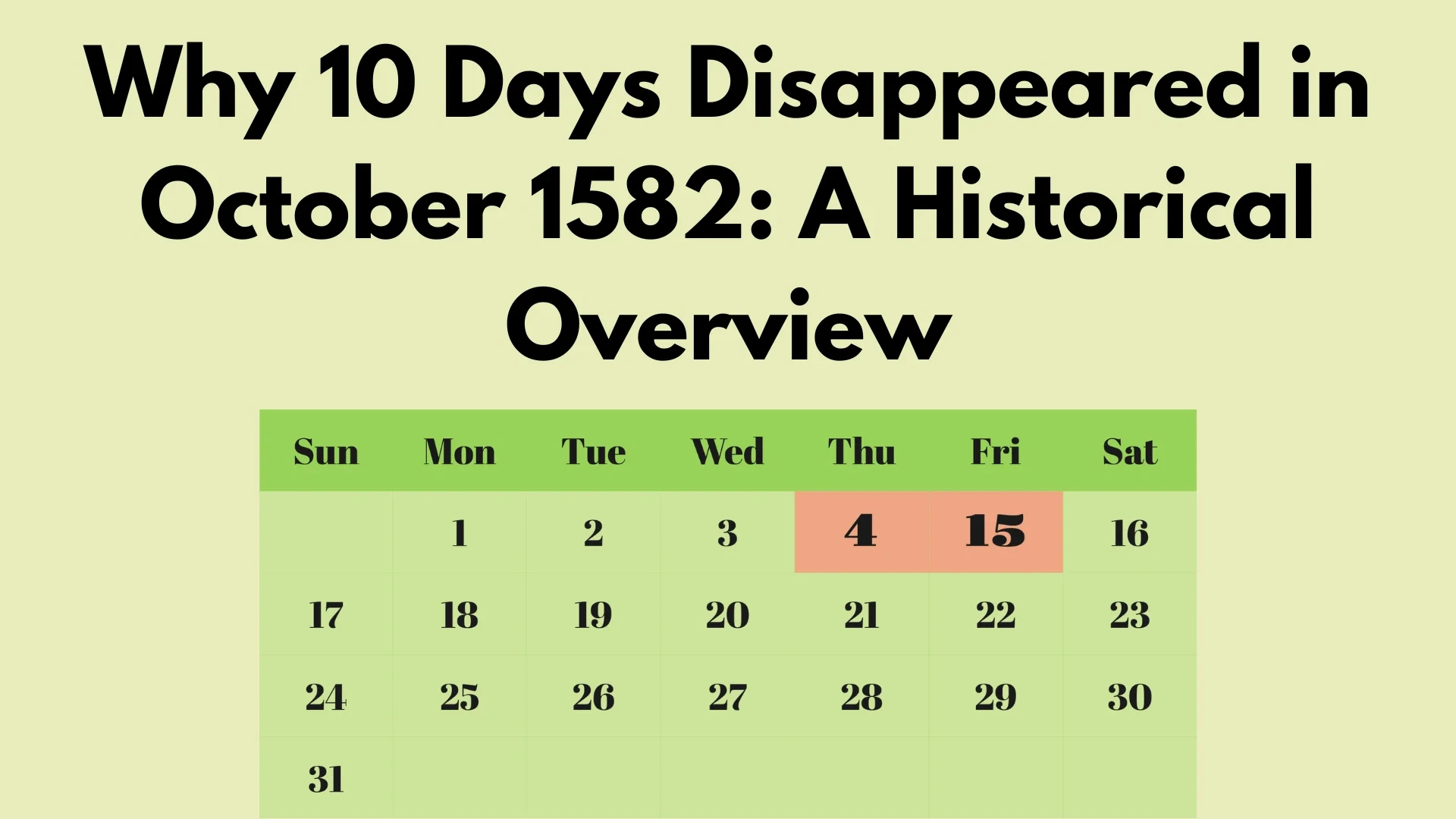
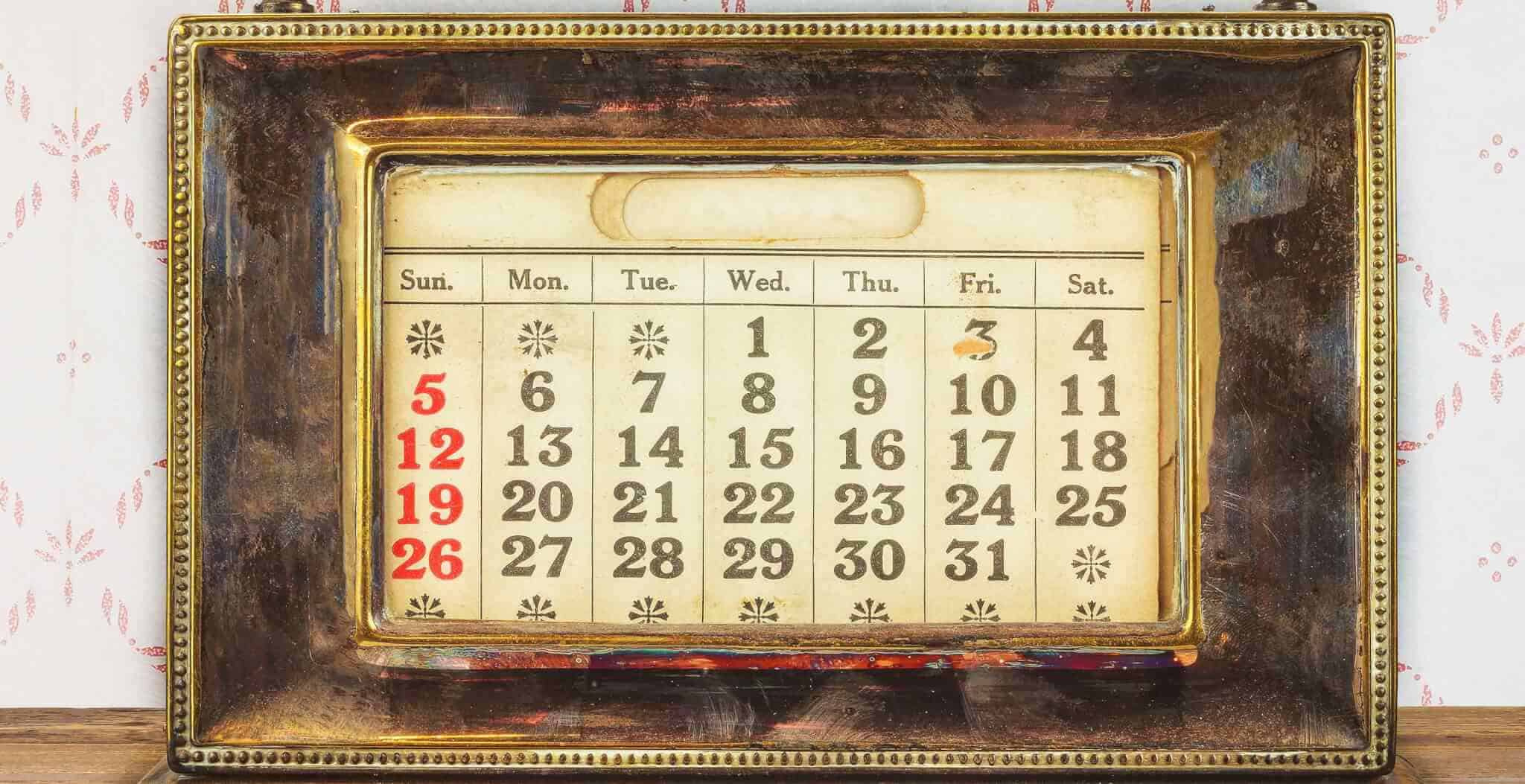
More September 1752 October 1582 Calendar…
Image Disclaimer: The image included in this post was sourced from a public internet search engine (Google or Bing). We do not claim ownership of this image. If you are the rightful owner of the image and wish to have it removed, please contact us immediately.
